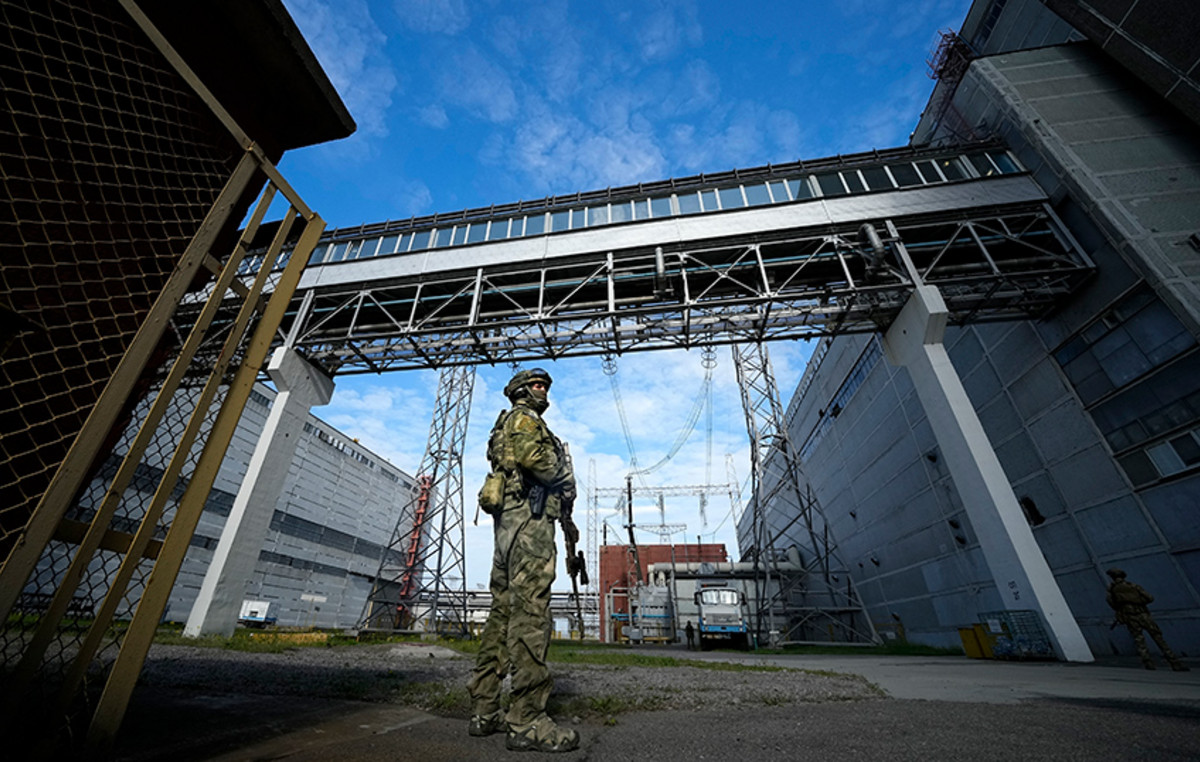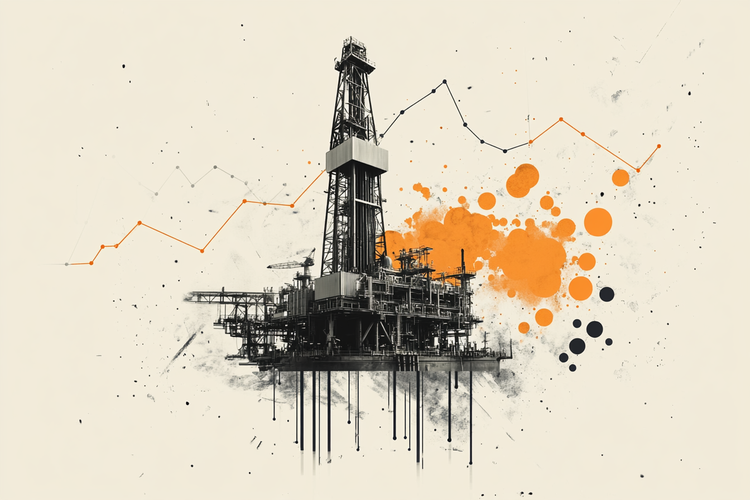Cardiovascular diseases, including myocardial infarction, represent the first cause of death.
In Italy, every year, for cardiovascular diseases in fact, more than 224,000 people die. It was the meeting entitled to take stock of the very serious risks associated with cardiovascular disease Pnrr, hypercholesterolemia, cardiovascular risk. Between unresolved needs, innovation and new organizational needs, organized in Milan by Motore Sanità. Among the experts who attended, also Fabrizio Giovanni Oliva, Director of the Cardiology Complex Structure 1-Hemodynamics-Cardiological Intensive Care Unit, Niguarda Hospital in Milan and designated President of ANMCO, who also underlined another important aspect: namely the consequences that these cardiovascular diseases they can have in survivors of a heart attack or stroke.
Consequences that can be the more serious the later the intervention is.
Survival, in case of myocardial infarction, is in fact closely linked to timeliness with which it is possible to intervene. That’s why knowing how to recognize the signs of a heart attack can make the difference.
The pain in the chest and left arm are among the most well-known symptoms but are there others?
“In most cases the heart attack presents with chest pain, behind the sternum, predominantly oppressive and which can radiate – explains Dr. Fabrizio Giovanni Oliva. – The most frequent irradiation is towards the left arm but also towards the neck, in the area which is called jugular in anatomy. It is a pain often accompanied by other signals such as shortness of breath, cold sweats and feeling generally unwell».
One aspect to note, however, is that not all patients report the same symptoms or they feel them with the same intensity. «Sometimes the heart attack can present itself in a different way – explains the specialist again – this is why the nerve endings and organs involved in that part of the body are many. Some patients report, for example, also a severe stomach ache, because they experience lower and less radiated pain. The general rule is that chest pain should not be underestimated but it is always better to pay attention to it».
Not just under stress
Another widespread belief is that a heart attack occurs mainly under effort when in reality it can manifest even at rest or when the physical effort is already over. The same goes for those that can be considered earlier warning signs. When chest pain, spontaneous or from exertion, is transient, we speak of angina pectorisa condition of ischemia of the heart that does not get to be so prolonged as to immediately cause a heart attack.
“Angina pectoris it is a manifestation that can precede the heart attack – underlines Dr. Oliva. – Some patients are lucky enough to experience angina pectoris first and then seek medical attention, avoiding more serious consequences. Also for this reason the symptoms of chest pain should never be overlooked: even if transient, it is good to check so as to avoid getting to more serious complications such as a heart attack”.
Heart attack and cardiac arrest
Often it also tends to do confusion between heart attack and cardiac arrest, two conditions that are actually different. The term myocardial infarction indeed indicates the necrosis (cell death) of part of the heart tissue due to a blockage of one of the coronary arteries, responsible for supplying the heart with oxygenated blood.
“Sometimes Cardiac arrest occurs following a major heart attack but it is also true that a myocardial infarction does not necessarily lead to cardiac arrest – explains the specialist again. – Cardiac arrest is indeed a ventricular arrhythmia very dangerous and fast, leading to lose consciousness after a few seconds».
Heart attack: the importance of timely intervention
In the case of a heart attack, as we said, timely intervention is essential.
“AND It is essential to arrive at the emergency room as soon as possible – explains Dr. Oliva. – The shorter the times from the onset of symptoms, the more we are able to intervene and to save heart tissue. The timeliness of the intervention is in fact one of the factors that can have the greatest impact on post-infarction survival: the later you intervene, the more myocardial cells are lost. If you fail to intervene with early vascularization, the heart loses its ability to pump blood and this exposes a subsequent complications, including heart failure, arrhythmias and whatnot».
Therefore, if it is true that chest pain is not always attributable to a myocardial infarction, it is good to know that it is a signal that must always be taken into consideration. And this is true even for the youngest. The risk of heart attack, as with almost all cardiovascular diseases, increases with advancing age but there are other lifestyle factors to consider.
“Beyond to arteriosclerosis there are also other causes that can cause a heart attack – concludes the specialist – among these the assumption of drugs which significantly increases the possibility of myocardial infarction even in the youngest”.
Ischemic stroke, because it is important to intervene within the first 6 hours
Dementia and heart attack, the Mediterranean diet reduces the risks
Ictus, a new neuro-technology to get back to using arms and hands
Source: Vanity Fair
I’m Susan Karen, a professional writer and editor at World Stock Market. I specialize in Entertainment news, writing stories that keep readers informed on all the latest developments in the industry. With over five years of experience in creating engaging content and copywriting for various media outlets, I have grown to become an invaluable asset to any team.






%20Luca%20Delpia%20-%20Archivio%20della%20Fondazione%20I%20Teatri%20Reggio%20Emilia%201071%20b%20(002).jpg)
